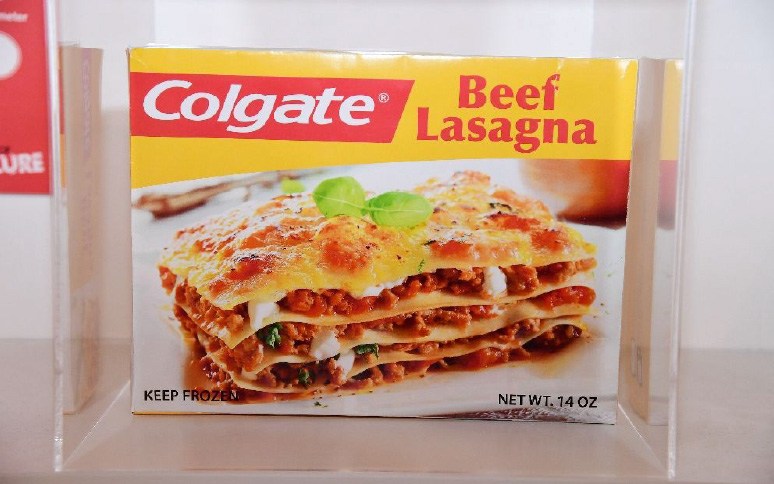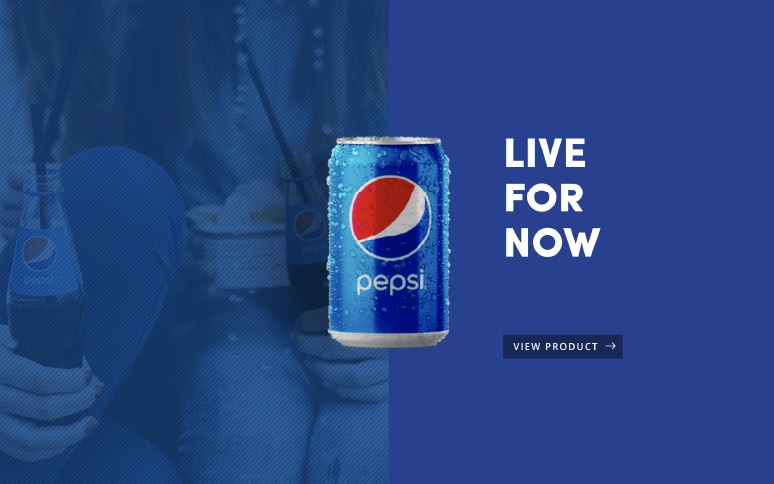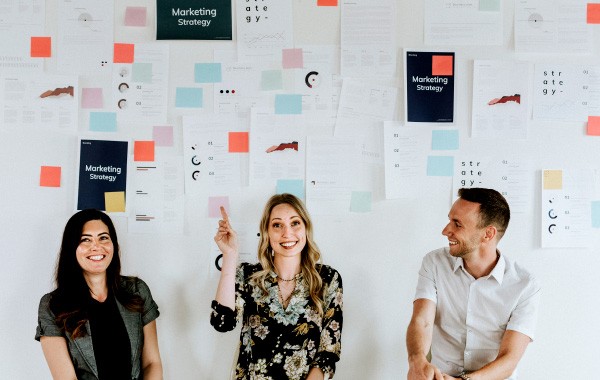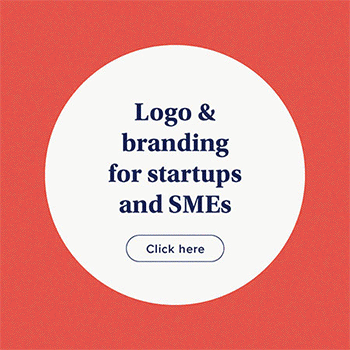Pushing facts about your business online is an excellent way to start influencing the customer buyer journey – but it’s just the beginning. While logic will help customers see the value in a product or service, emotion tips them over the edge into a purchase. That’s where branding comes in.
Successful branding is the best way for companies to reach sales and revenue targets, by building consistent, reliable connections with their target audience. It takes an average of 5 to 7 interactions for customers to remember a brand. But, if any of those connections delivers a negative experience, you risk losing your customer’s attention.
Today, all marketing leaders know that branding is the key to increasing both new and return customers. This is why branded keywords have risen by over 300% in the last few years.
The complexity of branding means that opportunities for mistakes abound, particularly among companies that don’t have the right support. Here are the branding mistakes you should avoid if you want to help your business grow.
Branding Mistake 1: Not Doing Your Research
Brands need to be well-planned, specific, and unique. The only way to ensure you’re creating an impactful image is to do the right research.
Start by assessing your chosen marketplace. Look at the kind of customers likely to be attracted to your products and services and ask yourself which niches you most want to serve. A set of user personas or customer profiles will help you to better understand your audience by listing key points about demographics, behavior, and pain points.
Next, research the industry. How much has this space grown in the last few years? What kind of trends are attracting the most attention, and what kind of sales strategies make the most sense? Are people in your industry benefiting from social media sales, or partnering with marketplaces like Amazon?
Now, examine your closest competition. What kind of companies are already on the market offering similar products and services to you? What’s their unique selling proposition, and what do you do differently? How can you separate yourself from those companies with a unique voice, image, and product portfolio?

Branding Mistake 2: Overlooking The Importance Of Good Design
A brand is made up of a multitude of different elements, from your website design to your customer experience strategy and marketing materials. One of the first things that captures your customer’s attention, is your image.
While your content, products, and other elements might convert customers into long-term clients, it’s your initial image that’s most likely to convince leads to look at your brand. This starts with designing the right logo. The wrong logo can immediately rub your customers the wrong way. Just look at how Capital One’s logo rebrand left customers thinking the company had lost some of its credibility.
Working with a professional designer is the best way to make sure every element of your brand image is meaningful, relevant, and consistent.
Branding Mistake 3: Using Vague Copy
Next to your design, the words you use to describe your brand are some of the most important tools you’ll have. One of the biggest mistakes companies make is using vague hyperbolic statements like “the best in the world” to describe their product or service. This rarely captures the attention of customers and can make businesses look unprofessional. When writing copy for your brand:
- Avoid using jargon or terms your customers wouldn’t understand
- Stay away from buzzwords and trending terms which don’t demonstrate your value
- Use meaningful and concise phrases that demonstrate real benefits, like “save time on accounting” rather than “the world’s best accounting tool”.
Be honest too. If you know you’re not offering a one-of-a-kind product, don’t claim you are. Instead, focus on what your business does do differently.
Branding Mistake 4: Being Inconsistent
If you’re constantly sending mixed messages about your brand, your customers will struggle to define you. Consistency starts with your brand’s design, in the use of the same set of specific colors or images when you’re advertising your company. It also applies to the kind of words and voice you use in marketing platforms, and the customer service you offer.
The more consistent your branding elements are, the easier it will be to build familiarity with your customers. Look at Coca-Cola, the style and colors of the brand has remained consistent for almost a century. Now, anyone can immediately recognize the coca-color red in an instant.
To support a more consistent experience, develop brand guidelines that help you keep your style the same in every environment. Guidelines should include everything from color codes, to advise on images not to use.

Branding Mistake 5: Relying Too Much On Trends
It’s tempting to follow the latest branding trends when you want to stay ahead of the competition and appear relevant to your audience. Updating your branding according to every new trend isn’t always the best idea. Before making any major change to your brand or designs, think about the kind of identity you’re trying to convey.
Switching up your branding to suit a new demand for more eco-friendly and green brands could be a great idea if you’re already following various green practices for sustainability. If you’re just trying to make your company look more environmentally friendly without changing your processes it’s not going to work.
Trends come and go, focus on what really makes your business different.
Branding Mistake 6: Your Brand Doesn’t Tell A Good Story
Excellent branding works because it builds emotional connections with your audience. One of the most crucial branding mistakes you can make is failing to have a personality or story your customers can connect with. Stories naturally engage human beings because we’re hardwired to connect with and learn from them.
Ask yourself what people are likely to think and feel about your company’s story. Do your customers know where your business started and what it’s trying to achieve? Are you transparent about your mission and visions as a company? What kind of personality do you use to supplement your story in your marketing campaigns and brand copy?
To build the right story, think about the things that matter most to your target audience. If your clients are naturally drawn to underdogs or environmentally friendly brands, it’s best to add elements of these personalities into your story.
Branding Mistake 7: You’re Not Leveraging Branding Partners
One of the primary branding mistakes you should avoid in any industry is trying to build your identity on your own. A brand is a complex and comprehensive thing, made up of a culmination of different factors, from your website to logo design and advertising copy. Each element of your brand requires specialist insight and expertise.
If you don’t have the expertise you need in-house, you’ll need to find contractors and agencies to help. Don’t cut corners when looking for the right branding partners. Take your time to find the professionals who can best convey your identity. You might need to hire:
- Graphic designers: These professionals create your initial branding assets like logos, but they can also help with website design, marketing graphics, and other visuals.
- Copywriters: Copywriters can create everything from “About Us” page copy to content for your product descriptions and listings.
- Marketing experts: Marketing professionals can assist with things like SEO campaigns, PPC marketing, and outreach, to help you connect with more customers

Branding Mistake 8: Forgetting About Customer Experience
Customer experience forms an essential part of your brand identity. The more you deliver amazing interactions to your audience, the more they’ll develop strong relationships with your brand. To drive a great customer experience, start by making sure all of your websites, apps, and other interactive tools are designed for ease-of-use.
Next, find ways to listen to your audience and respond to their needs. Social media sites can be an excellent way to collect information from customers about what they love and disklike about your brand. You can use listening tools to determine when people mention your brand online and access tracking services to see how customers use your website.
Finding ways to listen to your audience and understand their needs will allow you to make changes to your customer service based on what they really want from you. You can also enhance customer experience by:
- Experimenting with things like live chat and self-service
- Using language that’s easy to follow and understand
- Following up with customers to ensure they had a good experience
Branding Mistake 9: Not Having A Crisis Plan
No matter how carefully you manage your brand, there’s always a risk something could go wrong and damage your reputation. Tesco encountered a huge PR hit in 2013 when it was accused of having a supplier shipping them horse meat which they sold as beef. The brand had no strategy to respond to the issue and didn’t remove a poorly timed tweet after the event either.
Knowing how you’re going to respond to any issues with your brand identity is crucial. Which team members in your company are going to be responsible for damage control? How are you going to connect with your audience and address the issue as quickly as possible?
In most cases, being honest and transparent will help you to win back your audience.
Branding Mistake 10: You’re Ignoring Changes In Your Business
One of the many crucial branding mistakes even older companies make, is failing to update and adapt their business brand as the company evolves. Companies are dynamic entities which change and evolve over time. You need to be ready to shift your branding to suit the kind of company you’re going to become.
This could mean adjusting your position as a “local retailer” to a more global entity when your business moves into new locations. It might mean that you update your brand identity with new values and visions as you learn more about what your customers want. McDonalds did this when it discovered it customers were demanding healthier food with transparent sourcing.
Keep a close eye on your brand and the way your customers respond to it online. Regular monitoring of both your business and the perceptions clients have towards your business will ensure you’re not continuing to push an outdated brand.
Examples Of Crucial Branding Mistakes
If you’re guilty of some of these crucial branding mistakes, you’re not alone. Even well-known global companies can make poor decisions with their branding from time to time. Here are some examples of branding fails from larger companies.

Colgate
Sometimes, branding mistakes come from failing to understand your identity and what makes your company unique. One of the most significant branding mistakes of all time happened when Colgate, the company best-known for oral hygiene products, started producing food.
In 1982, Colgate introduced a line of frozen food products, believing the connection between food and teeth would help them make a quick entry into the market. After seeing a steep decline in profits, Colgate realized customers didn’t want to buy food from a toothpaste brand.
Fubu
Founder of the Fubu clothing company, Daymond John made the mistake of trying to expand his clothing company too quickly, into an industry that didn’t make sense for the brand. Hiring friends to help him, Daymond tried to move into the music industry by releasing an album in 2001 as part of a $6 million brand update.
The effort to move to music was a bust, and John admitted he hadn’t done enough research into his audience or hired the right branding partners to help him make the move.
Pepsi
In the world of soft drinks, the two market leaders are PepsiCo and Coca-Cola. While Coca-Cola’s logo and brand image has barely changed over the years, Pepsi consistently updates their brand identity, updating logos and images all the time in an attempt to outshine Coca-Cola. The endless cycle of rebrands often hurts the company more than helping it.
Recently, the company’s last rebrand cost 1 million dollars and barely made any change to the Pepsi image. The white stripe on the Pepsi circle is tilted upwards to resemble a smile, but most customers note they can barely tell the difference.

Gap
In 2010, Gap launched a company-wide rebranding scheme, which included investing in a new logo. The change came without any warning, and customers were unhappy to see the brand’s 20-year image disappear in a matter of days. Gap noted that the new logo was part of a crowdsourcing project for an image update, and customers were outraged.
Within 6 days, the new logo was scrapped, costing Gap around $100 million in expenses associated with rebranding. Lack of proper planning forced Gap to waste a lot of money it could have put towards better customer experiences.

HSBC
A cautionary tale about branding research, HSBC made a huge mistake with its brand efforts in 2009, when it updated its slogan to “Assume Nothing.” The tagline was fine in the UK and USA. When poorly translated into other languages, the term transformed into “Do Nothing”, which didn’t have the same positive impact on customers.
The tagline update cost around $10 million dollars and harmed the reputation of the HSBC financial brand, making it less appealing to international clients.
Know The Branding Mistakes You Should Avoid
Knowing the branding mistakes you should avoid is crucial to building a meaningful, stable, and resilient brand. In oversaturated markets, businesses need to invest in their uniqueness if they want to make an impact. A brand is the best way to set yourself apart from the crowd, whether it’s with an eye-catching logo, a set of iconic brand colors, or a unique voice.
A brand can also be a fragile thing. Make one mistake with your image or fail to deliver the same consistent experience to your audience, and you can call your whole identity into question. Companies need to design a stable, meaningful brand to continue to optimize and champion through every customer connection.
Don’t take risks with your brand. Learn what it means to build an identity that connects with your target audience, then focus on bringing that brand to life.












